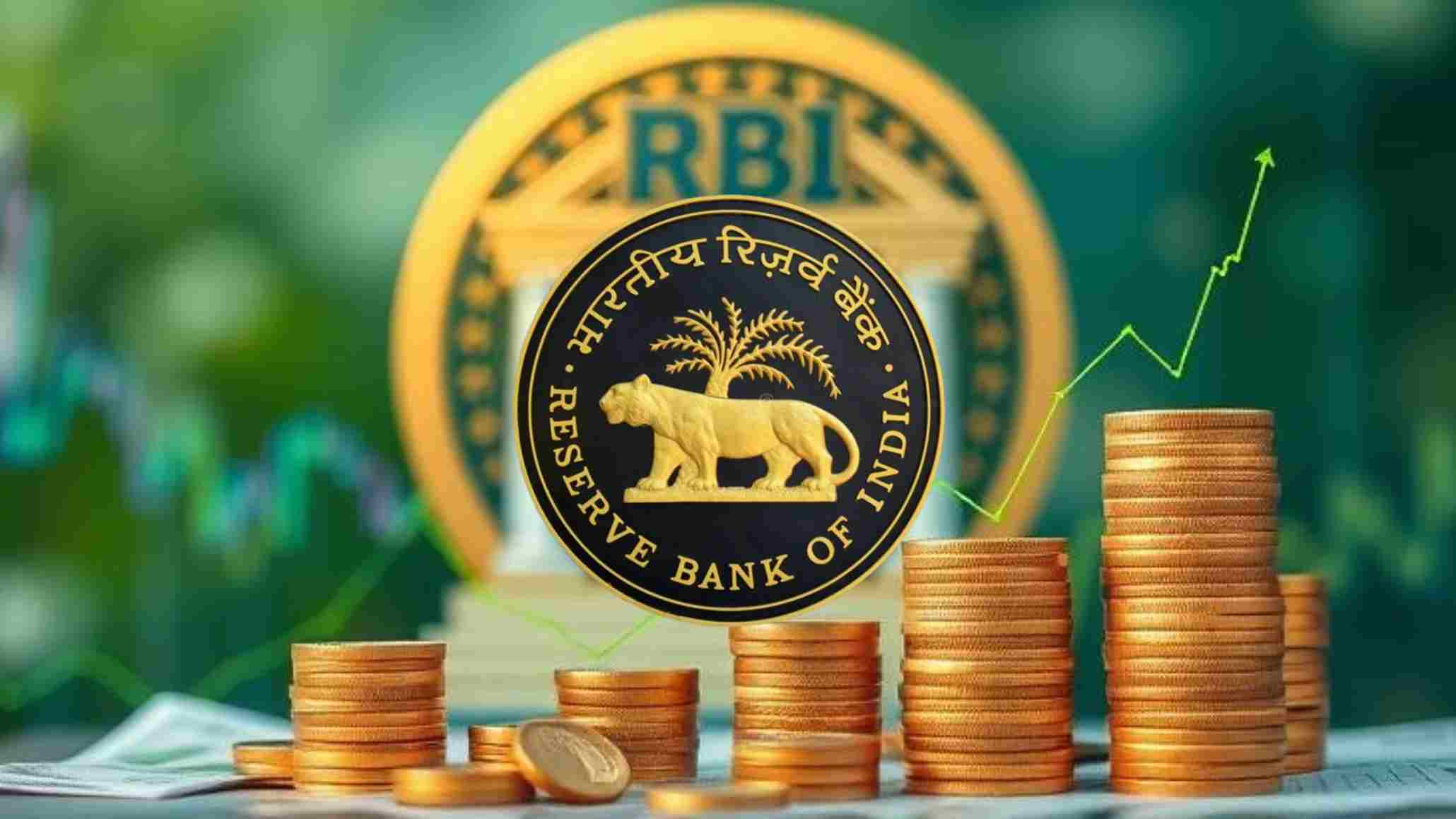RBI Tightens Project Finance Norms for Banks and NBFCs: Sector Braces for Structural Shift

The Reserve Bank of India (RBI) has introduced revised project finance norms, significantly easing provisioning requirements for infrastructure loans. This strategic move has notably bolstered sentiment within India's lending sector, leading to a substantial surge in shares of project financing companies and state-run banks on Friday, June 20. Several entities experienced rallies of up to 5% following the announcement.
A Pivotal Policy Reversal for Project Finance
The Reserve Bank of India (Project Finance) Directions, 2025, outline the updated regulatory treatment for project finance, specifically addressing changes in the 'date of commencement of commercial operations' (DCCO). A key element of these new guidelines is the reduction in the required provisioning for under-construction infrastructure projects. While the RBI had initially proposed in May last year that lenders should set aside 5% of the loan value for such projects to cover potential risks, the final guidelines, released following appeals from lenders, now mandate a 1% provisioning requirement. This new requirement is slated to come into effect on October 1.
For operational projects, the existing requirement of 0.4% continues, which is notably lower than the 1% or 2.5% indicated in earlier drafts. Concurrently, new rules also require lenders to set aside 1.25% of the value of loans for under-construction commercial real estate projects. This policy adjustment by the central bank comes against a backdrop of historical large loan defaults in India's infrastructure sector, often driven by extensive project delays and overly optimistic revenue projections, which had made lenders cautious. For projects where the aggregate exposure of all lenders exceeds ₹1,500 crore, the exposure floor for an individual lender is set at 5% or ₹150 crore, whichever is higher.
Market Cheers: Lending Stocks Soar
The market reacted positively and immediately to the relaxed norms. Project financing companies saw significant gains, with Power Finance Corporation (PFC) rallying as much as 4.94% to ₹409.65 apiece on the NSE. REC Ltd shares traded 2.91% higher at ₹394.90 apiece, and Indian Renewable Energy Development Agency (IREDA) shares climbed over 3.50% to ₹164.31 apiece.
State-run banks also benefited from the new guidelines. Punjab National Bank (PNB) and Central Bank of India were trading over 2% higher. The NIFTY PSU BANK index itself traded 1% higher at 6,801.85 levels, with all 12 of its constituents trading in the green. State Bank of India (SBI) is trading 1.33% higher at ₹795.55.
Sectoral Implications and Industry Feedback
The final norms are the result of extensive stakeholder consultation, with feedback received from around 70 entities, including banks, NBFCs, industry associations, academicians, law firms, and the Central Government. The framework aims to balance flexibility in project lending with adequate safeguards to manage risk, addressing a long-standing demand from both lenders and developers.
Conclusion: A Boost for Infrastructure Financing
The RBI’s revised project finance norms are set to reduce capital pressure on banks and NBFCs, facilitate more efficient funding of infrastructure and industrial projects, and provide clearer guidelines for stress resolution and provisioning. The harmonised framework, effective from October 1, 2025, is expected to spur growth in India’s infrastructure sector while maintaining prudent risk management standards. The market’s positive response underscores the importance of regulatory clarity and the potential for renewed momentum in project financing.
Disclaimer: This news is solely for educational purposes. The securities/investments quoted here are not recommendatory.
To read the RA disclaimer, please click here